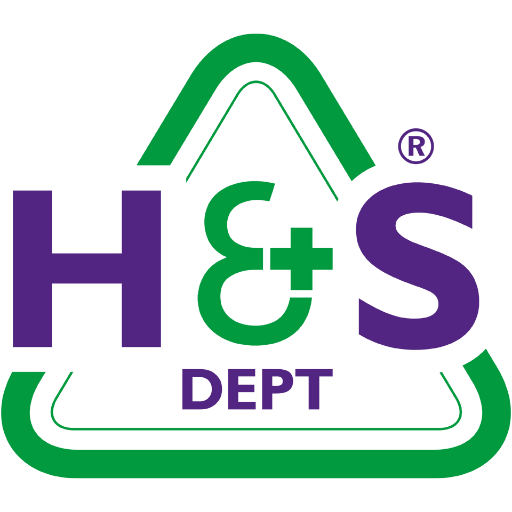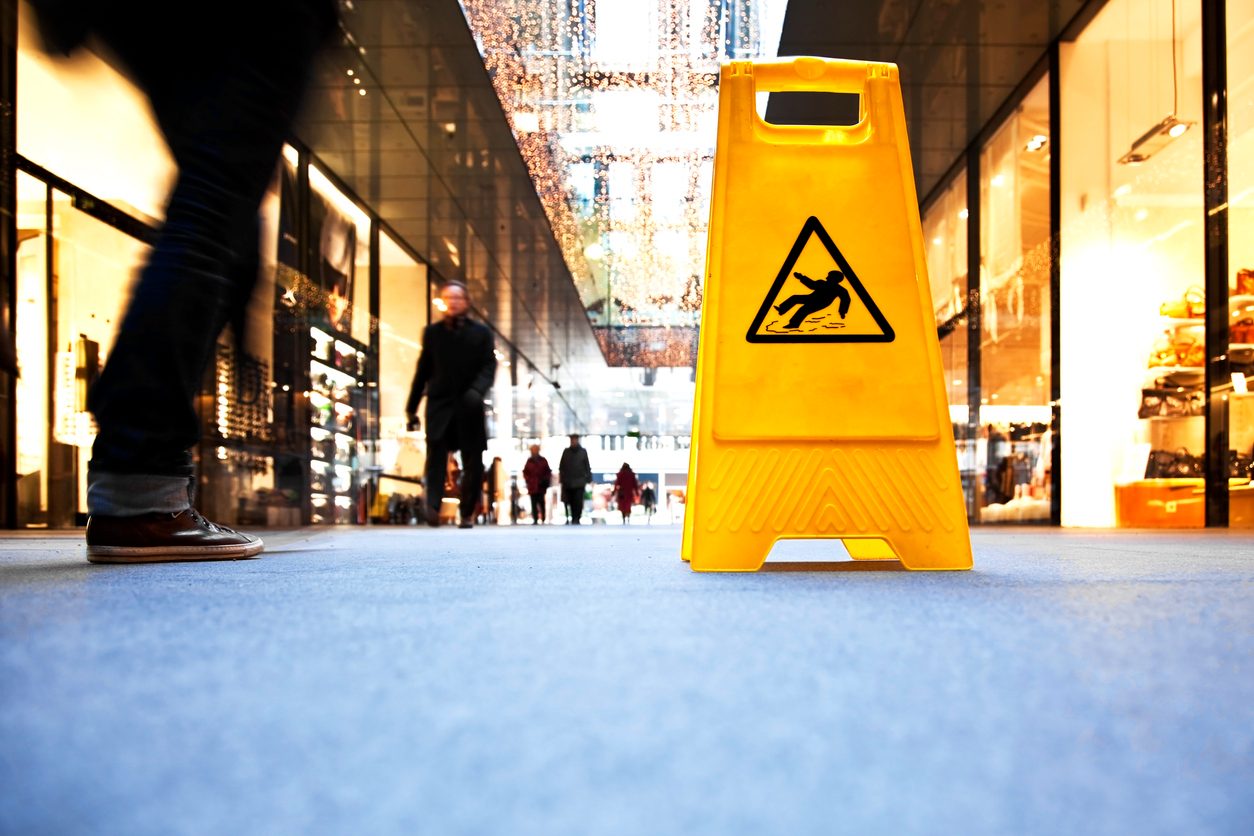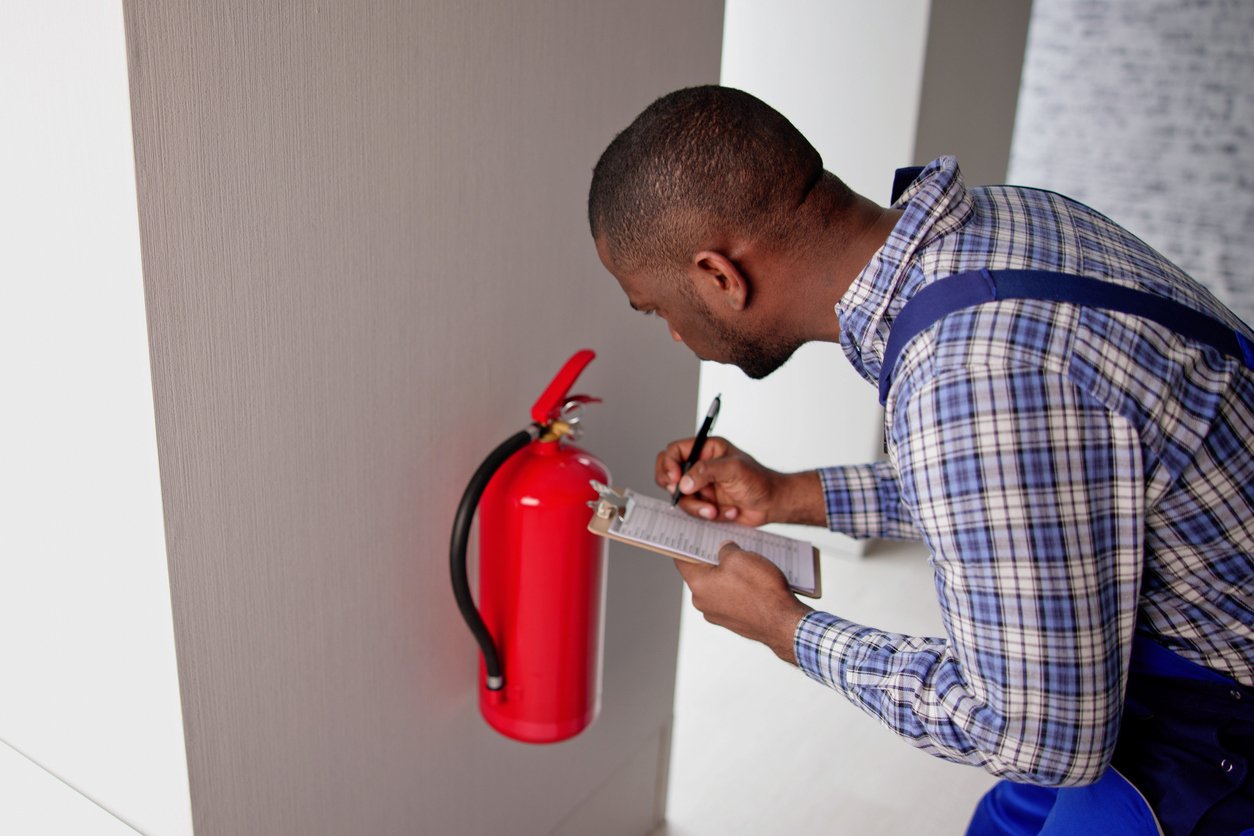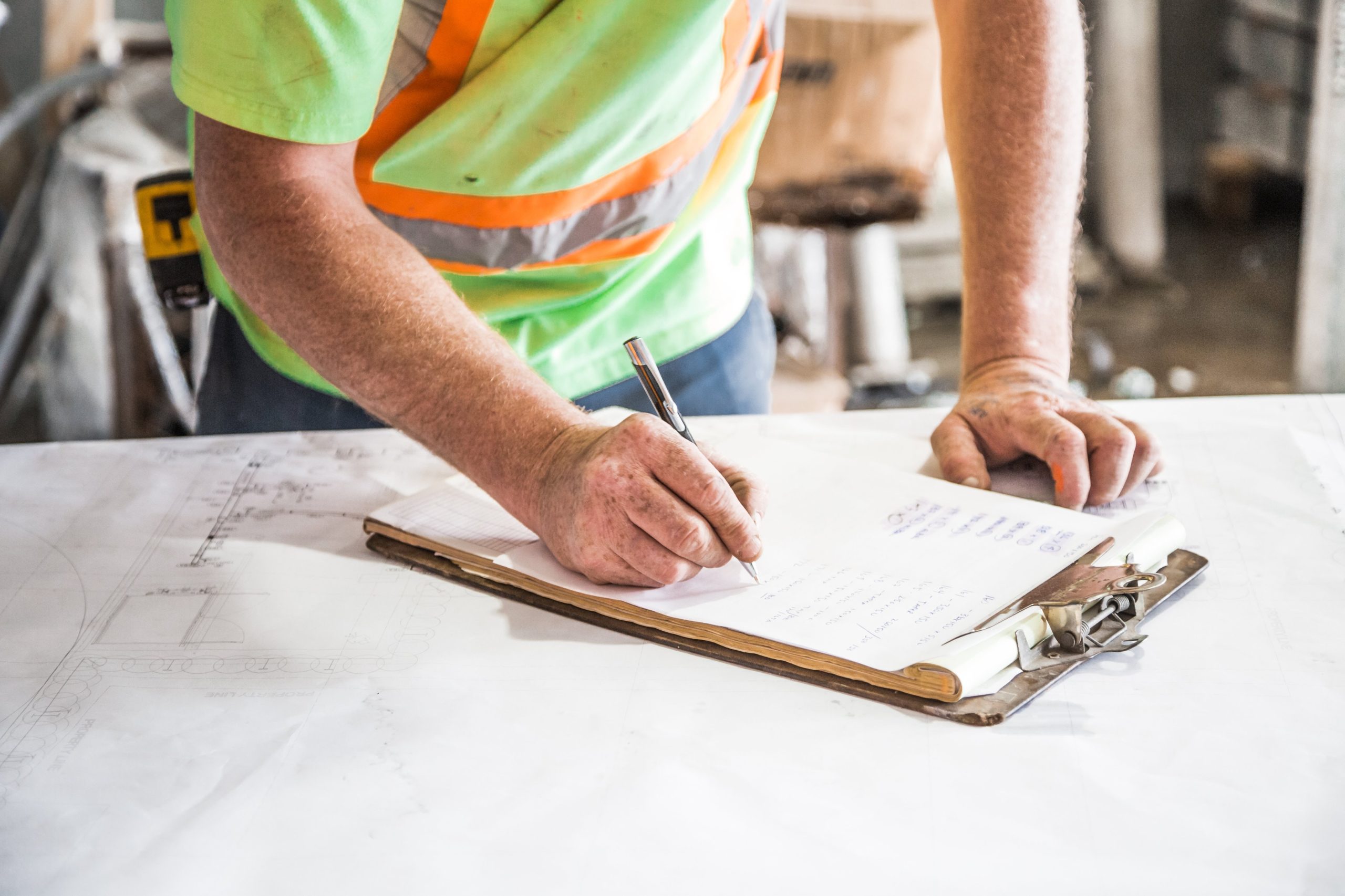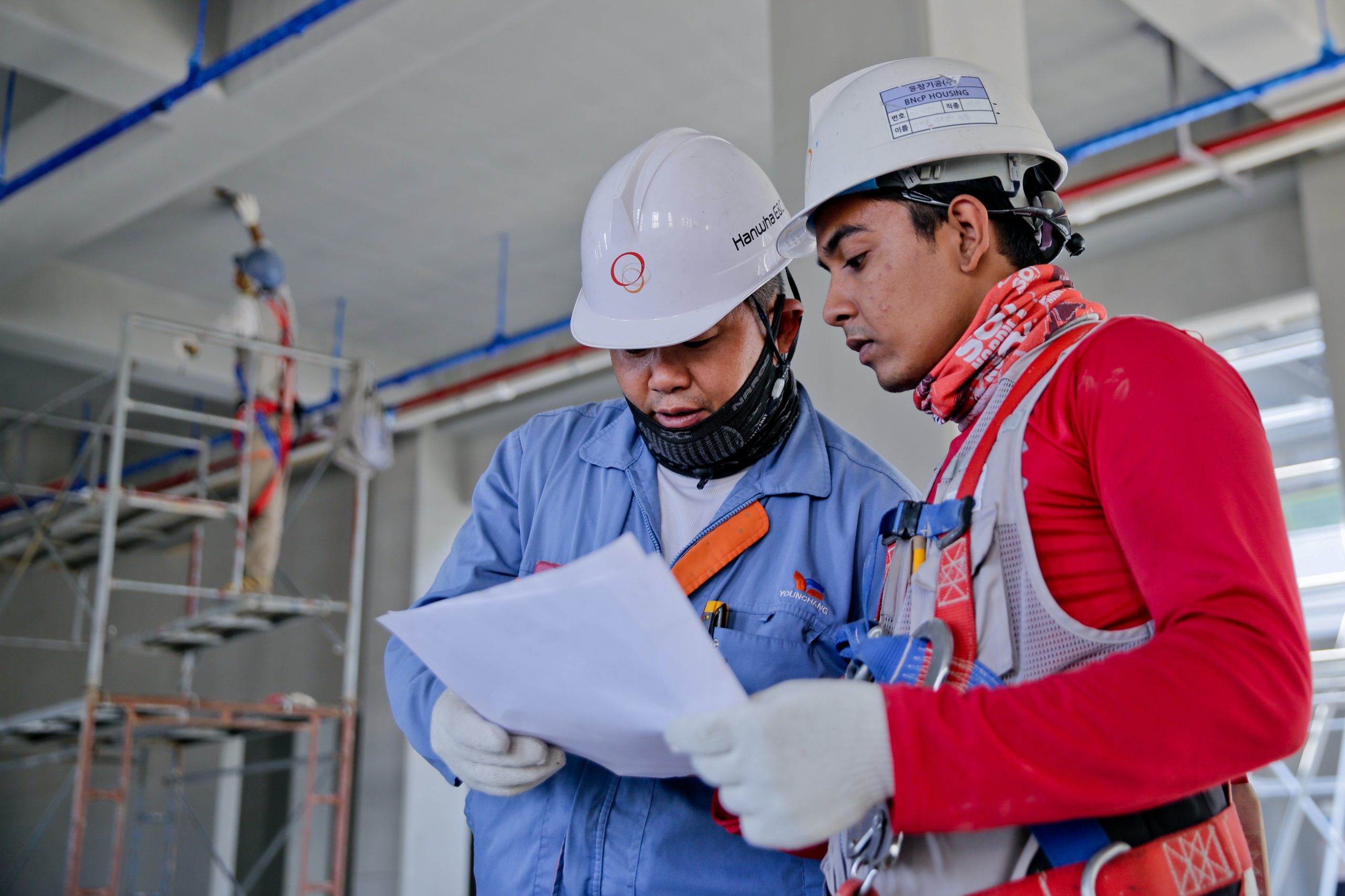Risk assessments are a legal requirement for businesses, but they’re also a practical tool for creating a safer workplace. Done well, they help to prevent accidents, reduce downtime and protect both employees and businesses from harm.
But for risk assessments to be truly effective, they need to be more than just a tick-box exercise. A common mistake businesses make is conducting assessments in isolation, without the input of the people who understand the risks best – their employees.
Involving employees in the risk assessment process leads to better results. It ensures hazards are identified more accurately, control measures are realistic and safety practices are embraced rather than ignored. In this article, we’ll explore why employee participation is key and how businesses can engage their teams in a way that’s practical and compliant.
Why Employee Involvement Improves Risk Assessments
Business owners and managers are responsible for workplace health and safety, but they are not always on the front line. Employees, on the other hand, experience risks first-hand every day. They know where potential hazards lie and can provide valuable insights that might otherwise be missed.
By involving employees in the risk assessment process, businesses benefit from:
- More accurate hazard identification – Employees can highlight risks that management may overlook.
- Practical control measures – Solutions that work in real-world conditions, rather than just on paper.
- Greater compliance – Staff are more likely to follow safety procedures they’ve had a say in.
- A stronger safety culture – Employee involvement fosters a sense of responsibility for workplace safety.
The Health and Safety Executive (HSE) encourages businesses to consult employees on health and safety matters. Not only is this best practice, but it also ensures compliance with the Health and Safety at Work Act 1974, which requires employers to involve employees in the safety process.
Who Should Be Involved in a Risk Assessment?
One of the most common questions businesses ask is: who should be part of the risk assessment process?
The short answer is that while a competent person (someone with the right skills, knowledge and experience) should lead the assessment, employees should be actively involved.
Key individuals to include are:
- Supervisors and line managers – They oversee operations and can bridge the gap between staff and senior management.
- Employees performing the tasks – They have direct experience of potential hazards.
- Health and safety representatives – If your business has elected reps, they should be consulted.
- External specialists – In some cases, businesses may need input from external health and safety professionals, particularly in high-risk industries.
How to Engage Employees in Identifying Hazards
Many business owners understand the importance of employee involvement but struggle with the how. Here are practical ways to get staff engaged in risk assessments:
1. Encourage Open Communication
Employees need to feel comfortable raising concerns about workplace hazards. Unfortunately, some staff may be hesitant to speak up, fearing they won’t be taken seriously.
To counter this, businesses should:
- Create a culture where reporting hazards is encouraged and acted upon.
- Provide multiple ways for employees to share concerns – whether in meetings, through suggestion boxes, or via digital platforms.
- Recognise and act on employee feedback to show that their input matters.
2. Conduct Walkthroughs with Employees
Rather than assessing risks from behind a desk, take a hands-on approach. Conduct workplace walkthroughs with employees, asking them to point out potential hazards as they go about their tasks. This is particularly effective in identifying risks that may not be immediately obvious, such as ergonomic issues, fire hazards or process inefficiencies.
3. Use Safety Committees
If your business has a health and safety committee, risk assessments should be a standing agenda item. If not, consider setting one up. Committees create a structured way for employees to discuss safety concerns, review risk assessment and suggest improvements.
4. Provide Risk Assessment Training
Many employees may not fully understand what a risk assessment is or how they can contribute. Providing basic training on hazard identification, workplace safety responsibilities and reporting procedures can improve participation.
Training doesn’t need to be complex – short toolbox talks, interactive workshops or even e-learning modules can be effective.
5. Involve Employees in Reviewing Control Measures
Risk assessments shouldn’t be one-off exercises. Once hazards have been identified and control measures put in place, employees should be involved in reviewing them. Are the solutions practical? Are they working as intended? Gathering employee feedback helps ensure measures remain effective and relevant.
Legal Responsibilities for Employee Participation in Risk Assessments
Under UK law, employers have a duty to consult employees on health and safety matters. This is outlined in:
- The Health and Safety at Work Act 1974 – Requires employers to provide safe working conditions and involve employees in health and safety matters.
- The Management of Health and Safety at Work Regulations 1999 – States that employers must assess risks to employees and implement suitable control measures.
- The Safety Representatives and Safety Committees Regulations 1977 – If a business has recognised trade unions, safety reps must be consulted on risk assessments.
Failure to involve employees in the risk assessment process can lead to non-compliance, fines and increased accident rates. By engaging employees proactively, businesses not only meet legal obligations but also create a safer and more productive working environment.
How The Health & Safety Dept Can Help
Risk assessments are more than a legal obligation; they’re vital for keeping employees safe and businesses running smoothly. But to get the best results, businesses must move beyond a top-down approach and actively involve their teams.
By engaging employees in hazard identification, control measure reviews and safety discussions, businesses can create practical, effective and compliant risk assessments that benefit everyone.
If you need help developing or improving your risk assessment process, get in touch with The Health & Safety Dept today. Our expert team is here to support you every step of the way.
